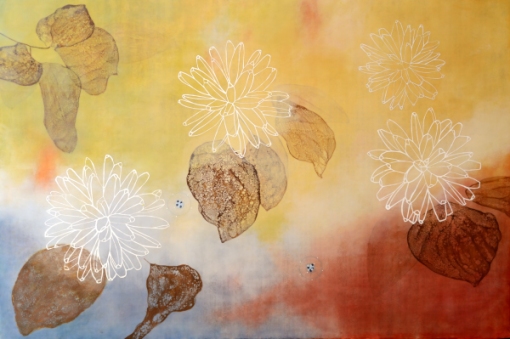
In 1966, researchers Monroe Wall and Mansukh Wani isolated the alkaloid Camptothecin from the bark and stem of the Camptotheca Acuminata tree (also known as happy tree, cancer tree or tree of life).
Native to China, the tree has been used for centuries in Traditional Chinese Medicine as a natural remedy for liver ailments, psoriasis, stomach problems and gallbladder disease. Although Wall and Wani were searching for precursors to cortisone and other steroid hormones, their studies instead revealed the tree’s remarkable anticancer activity.
Early development of Camptothecin as an anticancer drug soon ran into obstacles, however, as the alkaloid wasn’t water soluble, and it demonstrated unpredictable toxicity. After a failed clinical trial in 1971, it looked as if the discovery was a dead end. Interest in the plant’s potential was revived, however, in 1985 when it was revealed that Camptothecin killed tumor cells by a novel mechanism, primarily by poisoning the nuclear DNA topoisomerase I enzyme, which disrupts the reproduction and duplication of cancerous cells.
Today, Camptothecins are among the most important anticancer alkaloids of the 21st century. Currently, several Camptothecin analogues (including Topotecan and Irinotecan) have been approved by the FDA and are used against diverse cancer types including small cell lung carcinoma, colon and rectal cancer, cancer of the central nervous system, renal cell carcinoma, ovarian and breast cancer, lymphoma and several different leukemias.
~~~~~~~
The text in the background and the palette used in this painting derive from one of the most important ancient texts in Chinese medicine, the Yellow Emperor’s Inner Classic, or Huangdi Neijin. Dating to the second century BCE, the book covers the theoretical foundation of Chinese Medicine and marks a radical departure from the old shamanistic belief that disease was caused by demonic influences.
The Huangdi Neijing advanced the Taoist theories of yin/yang and the role that the five elements play in physiology and pathology. The text postulates that disease occurs when the body loses its harmonious relationship with the environment and advises how to live in balance with the five seasons (each represented by a color: red, blue or black, yellow, green and white).
The essence of the text can best be summed up in the following passage: “Health and well-being can be achieved only by remaining centered in spirit, guarding against the squandering of energy, promoting the constant flow of qi and blood, maintaining harmonious balance of yin and yang, adapting to the changing seasonal and yearly macrocosmic influences, and nourishing one’s self preventively. This is the way to a long and happy life.”
Leave a comment